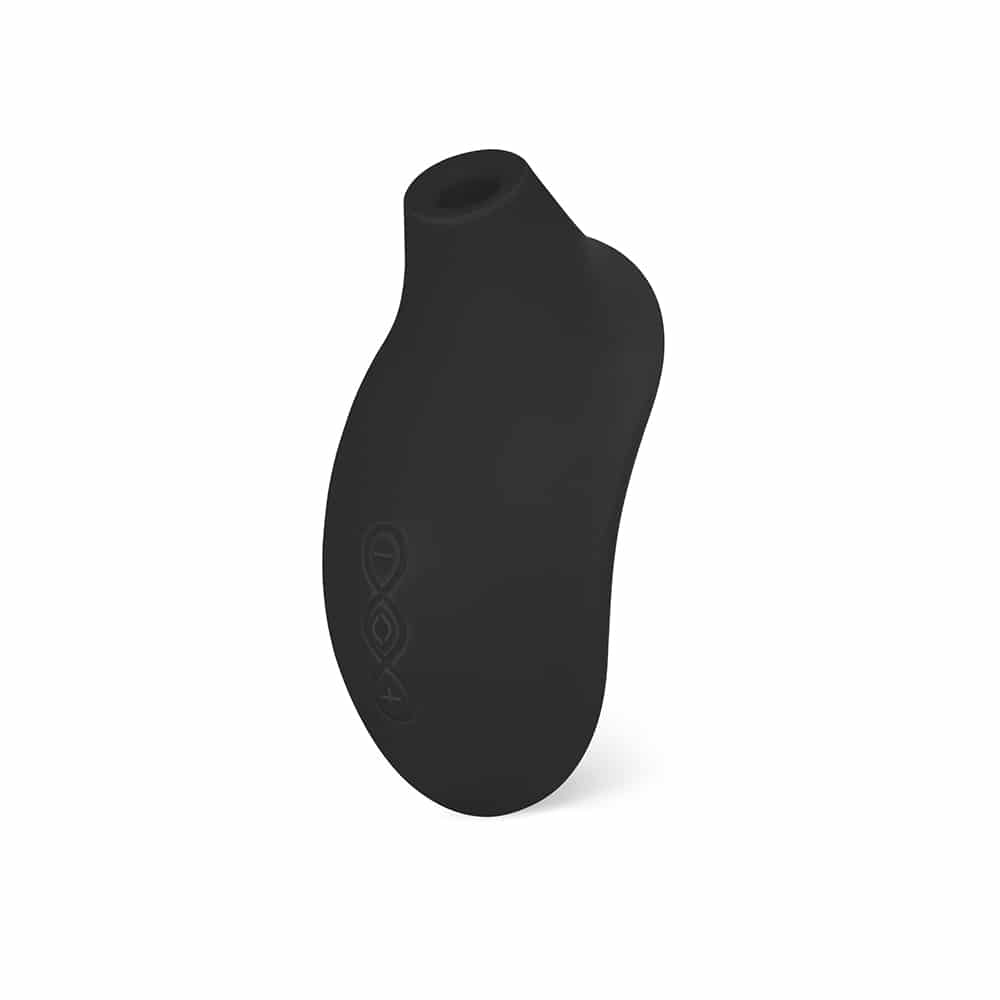An estimated 50% of people with penises between the ages of 40-70 have erectile dysfunction (ED).
The prevalence may be even higher as many people don’t seek help out of shame, embarrassment, or lack of access to medical care. Erectile dysfunction can not only impact someone’s sex life, but also their self-confidence, relationships, and overall well-being.
Luckily, medical innovations have given people more options to treat ED. One of these innovations is an inflatable penile prosthesis (IPP) placement. Let’s take a closer look at this procedure, how it works, and if it may be right for you.
What Is an IPP?
IPP stands for inflatable penile prosthesis. It’s a device that’s implanted in the scrotum and penis that allows you to achieve an erection when desired.
An IPP uses two cylinders, a reservoir, and a pump. The cylinders are inserted into the penis and are connected by tubes to a separate fluid-containing reservoir in your abdomen. The pump itself sits between the testicles, under the scrotum.
To get an erection, patients inflate the implant by pressing the pump in the scrotum to transfer fluid from the reservoir to the cylinders in the penis. This doesn’t put any pressure on the testicles and allows people to achieve the level of erection they desire.
When using an IPP, people can maintain an erection as long as they’d like, and when they’re done they press a valve on the pump that returns fluid from the penis back to the reservoir.
It’s an expensive procedure, but some insurance companies in the United States cover it.
Who Is a Good Candidate for an IPP?
An IPP should not be the first option for people with erectile dysfunction. It may be helpful to first treat any underlying mental health disorders that may be impacting someone’s sex life by going to a sex therapist or psychiatrist.
IPP is an invasive surgery with potential risks and complications. People should first try medications and other devices, like a penis pump, before seeking surgery.
You may be a good candidate, however, if you have erectile dysfunction and have not seen improvement using other methods. It can also be life-changing for people with Peyronie’s disease, a condition where scar tissue causes the penis to curve or lose girth or length. Pain from this disorder can make sex difficult or impossible.
Trans-men and non-binary people seeking gender-affirming care may also benefit from an IPP.
What Happens During an IPP Procedure?
An inflatable penile prosthesis placement is either done as an outpatient surgery or with an overnight stay. An IPP device is custom fit to each patient’s specific measurements.
As far as placement, your surgeon will either make an incision underneath the penis (a peno-scrotal approach) or by doing an infrapubic, which involves going through the lower abdomen in the pelvic area just above the penis. The peno-scrotal approach is typically preferred.
For experienced urologists, the procedure may take anywhere from 30 minutes to two hours.
IPP Recovery
To prepare patients for proper recovery, healthcare providers may install a Jackson-Pratt (JP) drain to help gently draw fluid from the wound, and wrap the surgical site with gauze.
Swelling, pain, and discomfort generally subside after a week, but it’s normal to feel tender for up to six weeks. You may be prescribed pain relievers, antibiotics, or other medications to help with recovery. It’s important to keep the area clean and dry while it’s healing and to avoid heavy lifting or strenuous exercise until fully healed.
Most patients will have a small scar at the incision site, which is often hidden by body hair.
Risks of an IPP
An IPP is a relatively safe procedure, but of course, with any surgery, there are potential risks.
Here are some to be aware of:
- The pump or reservoir becomes displaced or experiences mechanical failure
- Infection
- Uncontrolled bleeding after the procedure
- Decreased blood flow to the head of the penis
- Damage to the urethra
- Excessive scar tissue
- Erosion of the skin around the implant
Although uncommon, some of these complications require the removal of an IPP to treat them.
Sex After IPP Surgery
Penile implants have about a 90% satisfaction rate and can be revolutionary for people’s sex lives. People can typically start having sex after four weeks of getting an IPP, but be sure to get the go-ahead from your surgeon before starting again.
It can take a few minutes for people to get a full erection when using the pump. It’s important to note that penis implants don’t typically make your penis bigger, they’re just meant to help with getting erections.
People with an IPP typically report no negative changes in feeling or satisfaction after getting the procedure. Although it may take a few weeks to adjust, it doesn’t affect your ability to orgasm or ejaculate.
Once you have an implant, you need it in order to get an erection. An IPP lasts about 20 years and stops working when it wears out, and can be replaced with a new implant.
IPP Alternatives
While an IPP is an effective treatment, invasive surgery should be the last resort option for erectile dysfunction.
Here are some other potential treatments for ED:
- Lifestyle changes like exercising and eating a healthy diet
- Avoiding tobacco and alcohol
- ED medications
- Testosterone therapy
- Intraurethral therapy
- Mental health care to address underlying issues or anxieties
Again, be sure to talk to your doctor if you’re experiencing erectile dysfunction or are considering an IPP. They’ll be able to figure out the best course of action for your specific needs.
Discover pleasure with:







